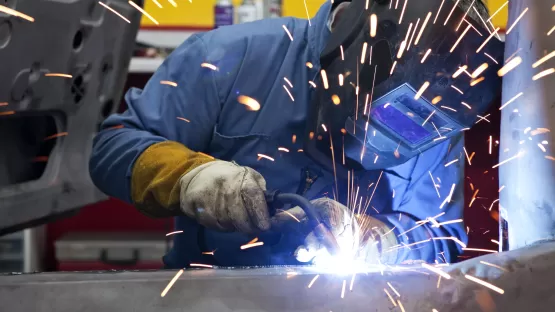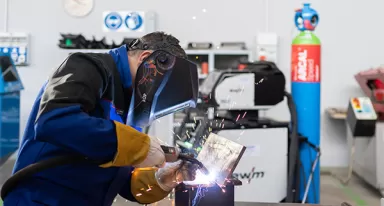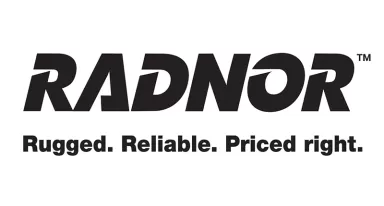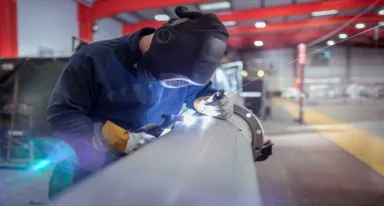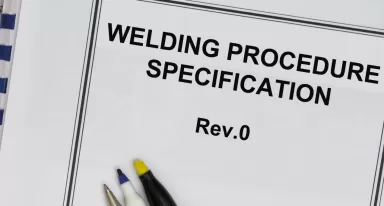Why use cored wire?
During the welding process, the welder requires filler metal for most thermal joining processes (flame, TIG, MIG/MAG). This filler metal must be adapted to the type of weld to be performed. Therefore, the choice is between welding wire (in the form of a spool or welding rod) or a coated electrode for MMA.
Reading time: 3 min
Why use welding wire?
Welding wire creates a bond between two parts by adding metal, and in the case of the MIG/MAG process, it allows:
- Used as an electrode
- to transfer the necessary energy through the electric arc to the parts to be welded.
Did you know? Thin parts can be welded without filler metal. However, the use of filler metal is necessary for welding medium to thick parts.
Do you have any questions about using flux cored wire?
Focus on flux-cored wire
There are two types of wire used in welding processes: solid wire (also called solid wire) and flux-cored wire.
Solid wire is made of a metal (steel, stainless steel, aluminum, or alloy).
Cored wire is composed of powder or flux compacted inside a strip or tube.
The powder composition defines the type of cored wire, for example, basic or rutile. It also allows for better control of the potential alloying elements that will be found in the molten zone, which can improve mechanical performance, for example. In most cases, this powder will generate a slag on the surface of the joint, which will contribute to its protection. However, this slag will need to be removed at the end of the welding operation or between two successive passes. In this case, we refer to FCAW or Flux Core Arc Welding.
We also find cored wires with a purely metallic powder inside. This is referred to as MCW or Metal Core Wire.
Cored wires usually work on most welding machines, although some include synergies that can greatly improve workability.
Initially relatively large in diameter, they are drawn several times. These two welding wires require shielding gas in most cases. It should be noted that certain cored wires, particularly those with a high aluminium content, can be operated without protective gas.
Flux-cored wire offers many advantages, including:
- Increased productivity: Since the strip is less resistive than the coating, most of the current passes preferentially through it, resulting in fusion and therefore a faster deposition rate.
- Better quality in terms of weld appearance, particularly thanks to the slag.
- Welding is possible in all positions, both outdoors and in the workshop.
Energas, a leader in industrial gases, provides you with the best information and advice regarding filler metal for arc welding processes (manual, automatic, semi-automatic, or robotic).
Our industrial welding experts can also guide you in choosing the most suitable shielding gas or gas mixture for your welding operation.
Energas can deliver gas in liquid or gaseous form (gas cylinders or bundles of gas cylinders).
Do you have any questions about using flux cored wire?
Discover our solutions
Do you have any questions about using cored wire?
Please complete our contact form below and we'll come back to you as soon as possible.More information
ISO14175 compliant welding gases
Frequently Asked Questions:
How to choose which gas to use in MIG or MAG?
What is the difference between the MIG and MAG welding processes?
What is the difference between brazing and welding?
How to adjust the gas flow when welding?
How to welding stainless steel?

